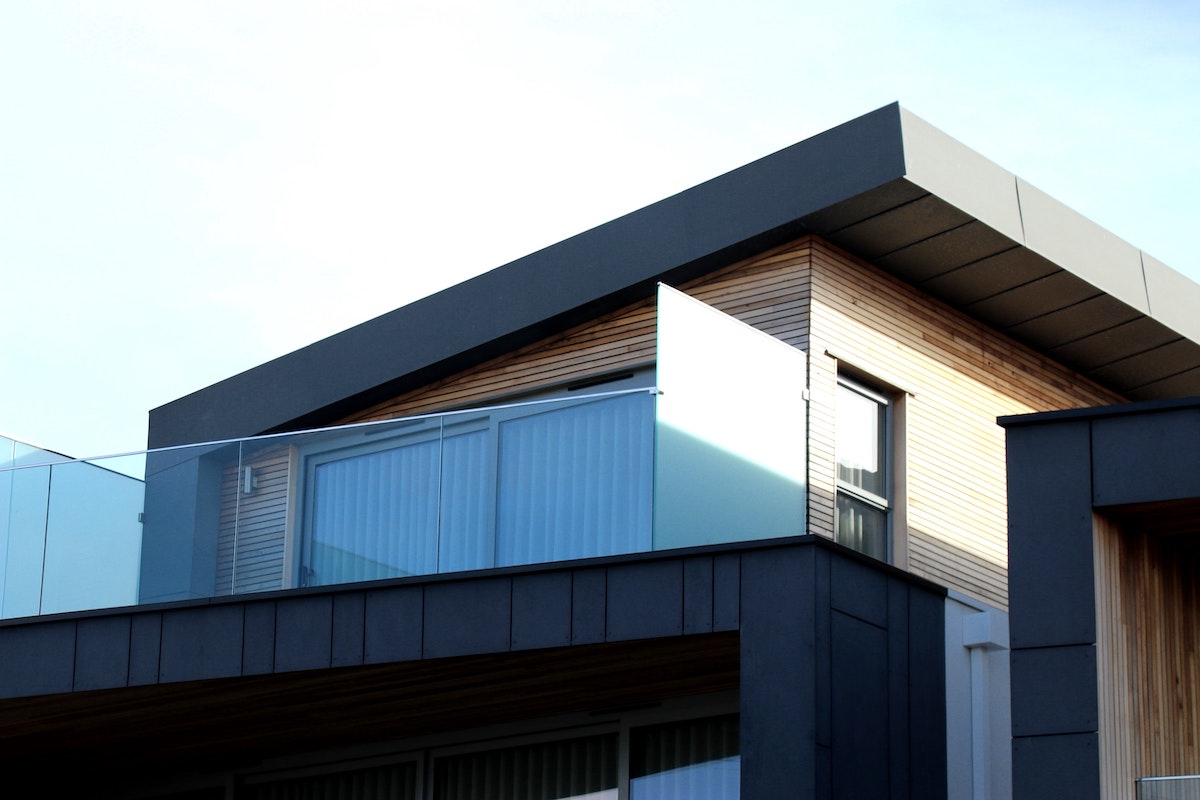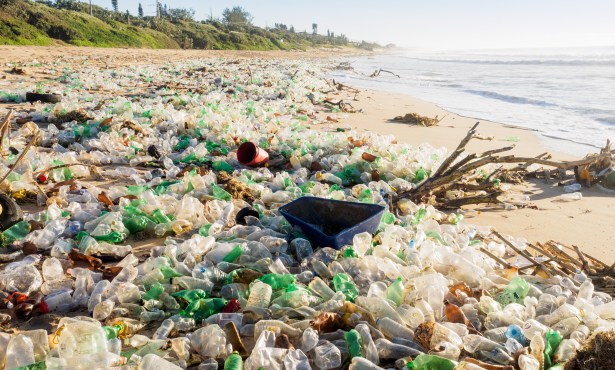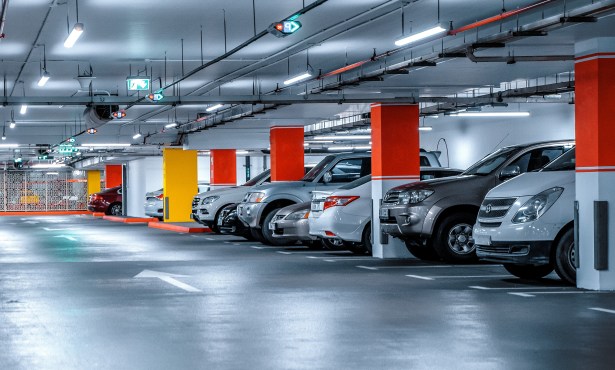Prefab Facades Make Old Buildings Carbon-Negative
Artificial Intelligence, Digitalization, and Robots Can Streamline the Retrofitting of Old Buildings

Globally, buildings use almost 30 percent of all energy for heating, cooling, and lighting. California is leading the world in requiring all new construction to approach zero net energy (ZNE). In a few years, this requirement will tighten even more. ZNE will become the minimum standard. But what about all the old, leaky, energy-guzzling buildings that constitute most structures in California, the U.S., and the world? The current pace of retrofitting — labor-intensive, customized, and on-site built — is projected to take more than 500 years to transform all structures. This will not do for a planet in crisis. The process needs to change. It needs to become digitalized, standardized, automated, streamlined, and industrialized. BlocPower, a U.S. company written about in a previous article, has moved a long way in this direction.
Ecoworks, a German company, has accelerated and standardized the process even more. Its first step uses artificial intelligence to find the buildings that consume the most energy. Once selected, each structure gets a 3D scan of its exterior and interior. This digital representation is turned into a detailed set of plans that includes new tailored façade panels with built-in insulation designed to fit like a glove onto the old building.
Once the digital drawings are complete, the plans are sent to an automated factory where robots build large panels (multi-story as needed) with windows, ventilation systems, and channels for utilities. Modular roofs are fabricated with integrated photovoltaic panels. Eighty percent of the work is done in the factory. It takes on-site workers about 20 minutes to install a panel, transforming an entire retrofit project into a few weeks rather than months or years using the traditional approach. Moreover, this schedule includes replacing all fossil-fuel equipment with efficient, renewable energy units. A recent retrofit went from using more than 500 kilowatt-hours per square yard of floor area to generating a surplus of electricity that gets fed into the grid.
Because the new building skin is attached to the existing structure, most of the old building is reused, creating a super-low carbon footprint for a project. At present, Ecoworks is doing multiple projects on similar buildings to scale up the process. While the current focus is mainly on apartment complexes, the company is looking to do schools and single-family homes next.
As the world seeks to reach net-zero carbon by 2050, Ecoworks is helping solve one of the biggest challenges of decarbonizing our built environment. As this approach comes to California and Santa Barbara, our review and permitting processes are going to have to become more streamlined and flexible.
Support the Santa Barbara Independent through a long-term or a single contribution.



